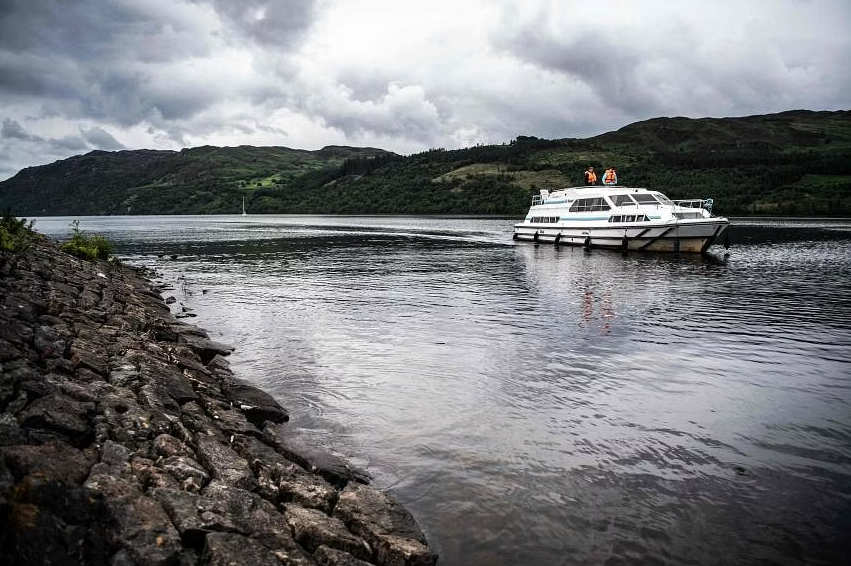
With a length of 36 km and a maximum depth of 240 m, Loch Ness is the largest freshwater lake in England.
In their latest mission to solve the mystery of the Loch Ness monster, researchers decided to use the most modern technology, from submersibles equipped with thermal scanners, ships equipped with infrared cameras, to underwater recorders.
"We are always pursuing efforts to record, research and analyze every aspect of mysterious natural behavior and phenomena that are considered difficult to explain," AFP quoted Mr. Alan McKenna, co-organizer of the Loch Ness Expedition on August 26.
Mr McKenna and his colleagues say thermal scanners could play a key role in identifying any unusual movements deep below the lake's surface.
In addition, the underwater recorder will allow the research team to hear sounds that may come from the legendary monster nicknamed Nessie.
Stretching 36km and reaching a maximum depth of 240m, Loch Ness is Britain's largest freshwater lake.
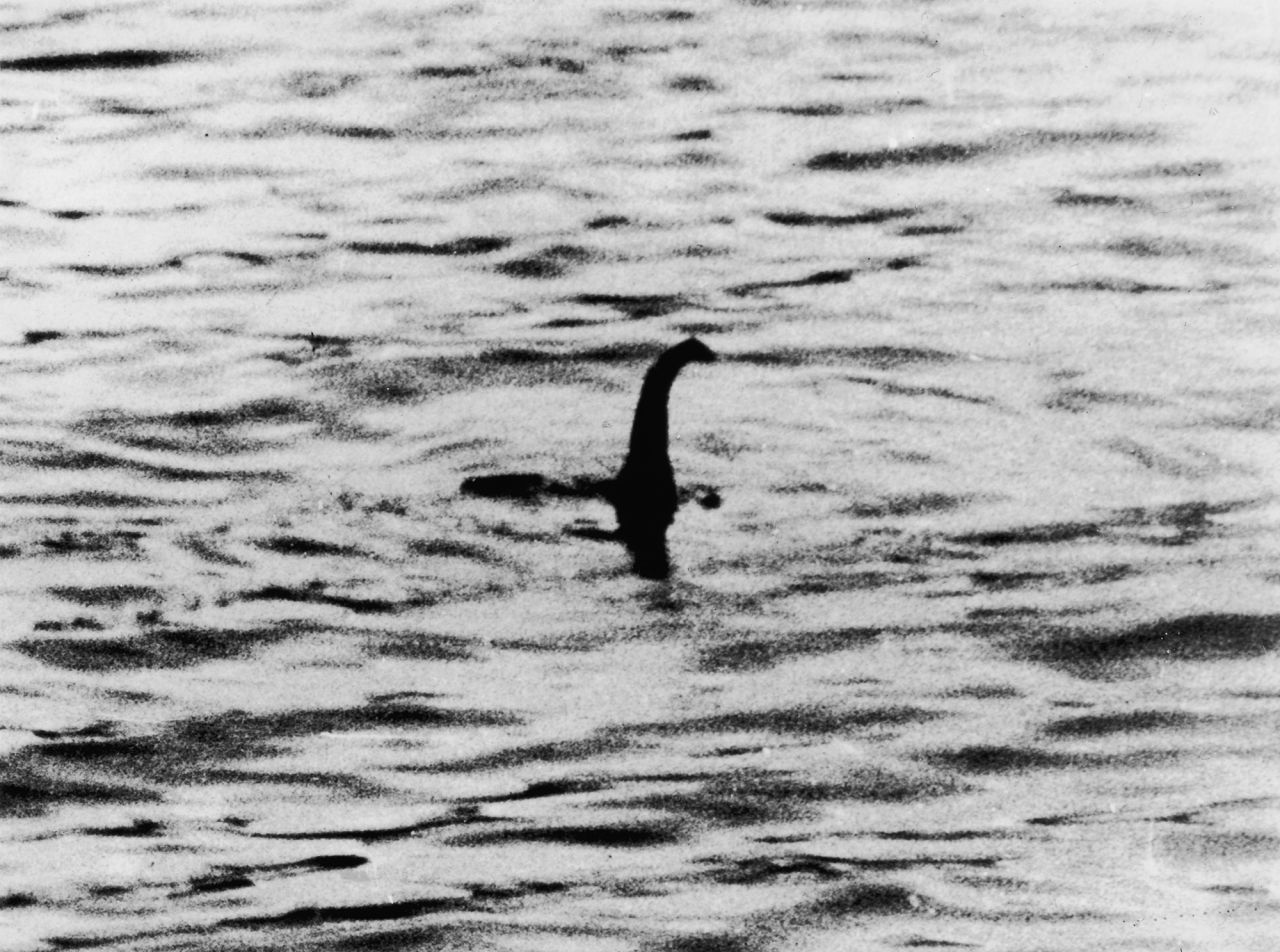
One of the famous photos of Nessie taken in 1934, which was later revealed to be a hoax
Monsters from ancient times
Rumors of the existence of a water monster in Loch Ness date back to ancient times, with rock carvings at the site depicting a mysterious creature with a long, tall neck and fins.
The earliest recorded record of Nessie dates back to 565, in the biography of a Catholic saint named Columba in Ireland.
According to the story, the monster attacked a swimmer in the lake, and Saint Columba ordered the animal to retreat.
More recently, in May 1933, the local Inverness Courier newspaper reported that a couple driving along the newly constructed road around the lake spotted a giant creature sticking its head out of the water.
In December of the same year, the Daily Mail (UK) hired a man named Marmaduke Wetherell, a South African hunter, to go to Loch Ness to search for the monster. Mr. Wetherell said that he found giant footprints that probably belonged to a soft-footed creature, up to 6 meters long.
However, zoologists from the Natural History Museum in London say the traces are fakes.
Is the Loch Ness Monster a giant eel?
In 1934, a British doctor named Robert Wilson took a photo that the Daily Mail claimed was evidence of Nessie. However, the photo was later discovered to be a hoax.
Still, there are more than 1,100 records describing Nessie to date, according to the Loch Ness Centre in Drumnadrochit.
And the legend of the legendary monster also helps Scotland earn millions of pounds each year from tourism and visits to Loch Ness.
Source link




![[Photo] National Assembly Chairman Tran Thanh Man attends the VinFuture 2025 Award Ceremony](/_next/image?url=https%3A%2F%2Fvphoto.vietnam.vn%2Fthumb%2F1200x675%2Fvietnam%2Fresource%2FIMAGE%2F2025%2F12%2F05%2F1764951162416_2628509768338816493-6995-jpg.webp&w=3840&q=75)

![[Photo] 60th Anniversary of the Founding of the Vietnam Association of Photographic Artists](/_next/image?url=https%3A%2F%2Fvphoto.vietnam.vn%2Fthumb%2F1200x675%2Fvietnam%2Fresource%2FIMAGE%2F2025%2F12%2F05%2F1764935864512_a1-bnd-0841-9740-jpg.webp&w=3840&q=75)





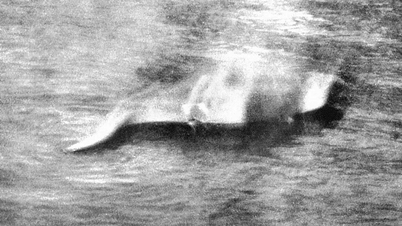






![[VIDEO] Save the Children helps children in Bac Ninh return to life soon after natural disasters](https://vphoto.vietnam.vn/thumb/402x226/vietnam/resource/IMAGE/2025/12/06/1765004276755_cu-u-tro-bn-2-cover20251206131142.jpeg)















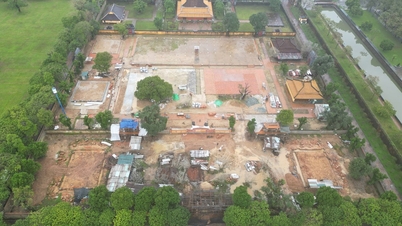







































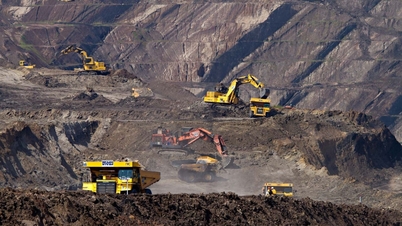
































Comment (0)